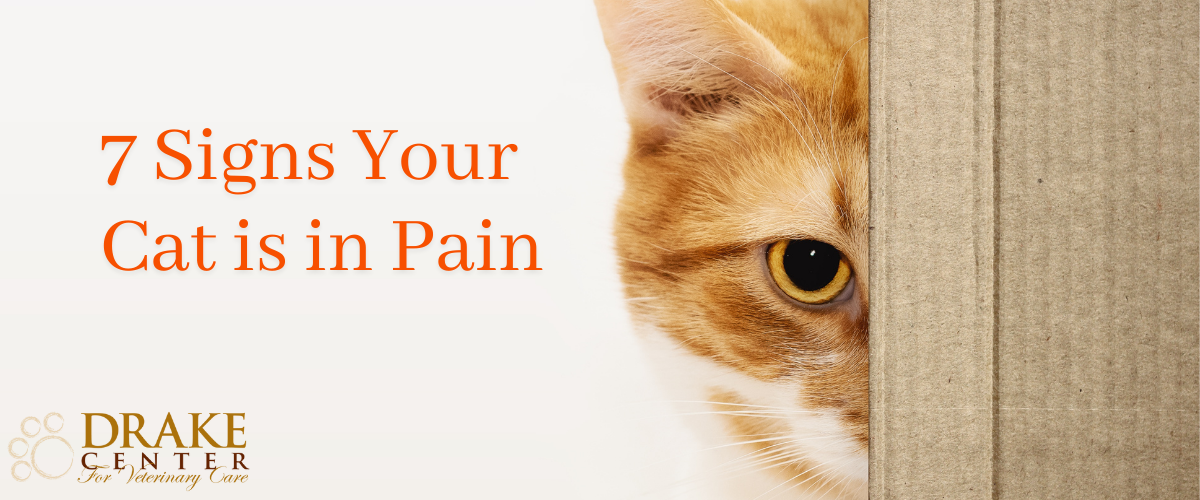
By: Gabrielle Feldman
Cats have been dubbed the “masters of disguise” when it comes to hiding their pain for a reason. Could you be misreading your cat’s pain signals? It happens every day- you’re not alone!
Why Cats Hide Their Pain
Cats have a long history of surviving in the wild prior to becoming domesticated- and they have not forgotten this. A cat in pain is seen as weak- therefore, making them prime targets for predators. In order to survive, they have adapted a deep natural instinct to hide their pain.
Your cat will not cry out in pain, for fear that they will attract the attention of a predator. If they are crying out in pain, their condition is likely intense and quite severe.
7 Signs That Your Cat is in Pain
It is not uncommon for cat owners to misunderstand their cat’s ques when it comes to displaying signs of pain.
#1 Decrease in normal activity
#2 Decreased desire to jump up on surfaces he/she normally jumps onto
#3 Slowness to get up
#4 May cry or move away from petting
#5 Does not want to be picked up and handled as usual
#6 Limping
#7 Decrease in grooming habits
“Clients often attribute a decrease in activity due to aging. Pain is not a normal part of aging and can be treated.”
– Dr. Michele Drake
Why is My Cat in Pain?
Recent research has shown that degenerative joint disease, including osteoarthritis, in cats is a much larger problem than many have thought in the past.
Mark Epstein is a doctor of veterinary medicine, who co-chaired the 2015 American Animal Hospital Association guidelines. He states that “up to 60% of cats and 90% of all older cats have degenerative joint disease. Through the stress response, this contributes to patient morbidity and even sometimes mortality (including when pain in under-recognized or under-managed).”
The lower spine in cats is a common area of arthritis. Arthritis is a general term that describes a variety of diseases that are characterized by inflammation within the joint. This inflammation results in chronic degeneration of joint cartilage and the adjacent bone. Since joint cartilage serves a vital function in the lubrication and cushioning between bones, these disorders uniformly result in progressive joint pain and stiffness. This can cause a great deal of pain every time your cat jumps.
What Can You do to Manage My Cat’s Pain?
First and foremost your cat needs a full examination from their veterinarian, in order to determine what is causing their pain. From there, your vet will draw up a treatment plan in order to address your cat’s individual issue(s).
Depending on the condition, there are a variety of methods to treat your cat’s pain. Your doctor will likely recommend one or more of the following:
- Supplements
- Weight Loss/Diet Change
- Laser Therapy
- Acupuncture
- Dentistry
- Oral Pain Medication
- Surgery
If your cat is exhibiting any signs of pain, contact us today to schedule an exam.
The Drake Center for Veterinary Care is an AAHA-accredited animal hospital located in Encinitas, CA. The Drake Center loves being a source of information for all pet owners across the country however if you have any questions regarding pet care and do not live in Encinitas, CA or surrounding cities, we encourage you to contact your local veterinarian.

